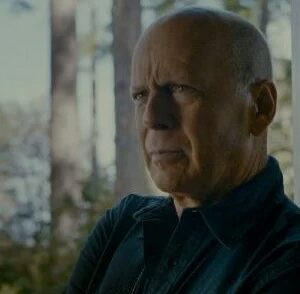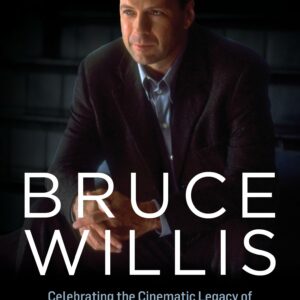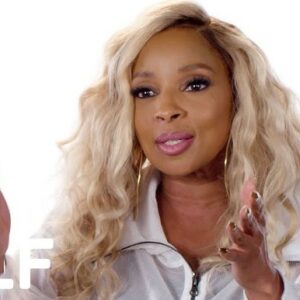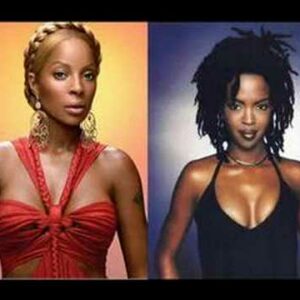Introduction
Ryan Gosling’s journey into the music world may have surprised some, but for those familiar with his deep passion for art in all forms, his venture into music made perfect sense. However, what was more intriguing than Gosling’s move from acting to music was his creative partnership with filmmaker and musician Zach Shields. Together, they formed Dead Man’s Bones, a band that tapped into a raw, haunting aesthetic and themes surrounding life, death, and the supernatural.
This article delves deep into their professional relationship and the creative synergy that helped shape the band’s sound and direction. By blending theatrical elements with their unconventional musical style, Gosling and Shields’ collaboration is an example of how two different artistic forces can come together to craft something entirely unique.
The Genesis of the Bond
Ryan Gosling and Zach Shields weren’t just two artists who met and decided to form a band; they bonded over their mutual love for the macabre and the supernatural. Shields, a filmmaker, had a strong passion for horror films and dark stories, while Gosling, an actor who had spent years honing his craft, found solace in the exploration of these themes as well. Their connection wasn’t born out of a desire for fame in the music industry but out of a shared vision—a need to create art that reflected their interest in mortality, the afterlife, and the unseen forces that govern our existence.
When Gosling and Shields first crossed paths, their conversations often drifted toward the strange and unusual—ghost stories, Gothic tales, and the ethereal realms beyond the human experience. These discussions eventually evolved into a creative outlet that manifested itself in the form of Dead Man’s Bones, a band dedicated to capturing the eerie, whimsical, and often overlooked themes of life and death.
From the outset, the collaboration was unconventional. They weren’t focused on creating radio hits or dominating charts; rather, they were focused on the idea of storytelling through music. Their songs became a medium for the tales they wanted to tell—haunting, melancholic, and deeply introspective.
Creative Synergy
The partnership between Gosling and Shields was one of complementary talents, each contributing something distinct that the other didn’t have. Gosling, having honed his skills in acting, brought a deep understanding of emotional expression and an ability to channel different personas through his voice and performance. His musical intuition—though raw—was authentic, lending an honest edge to the project. Shields, on the other hand, brought expertise in crafting narratives and constructing vivid imagery, skills he had developed through his work in filmmaking.
This synergy between the two was key in shaping Dead Man’s Bones. Their music wasn’t just about sound—it was about atmosphere. Shields’ background in creating mood through visual storytelling merged perfectly with Gosling’s ability to evoke emotion through performance. Together, they cultivated an auditory landscape that felt ghostly, otherworldly, and oddly nostalgic.
What’s more, their collaboration extended far beyond the music itself. They were both heavily involved in the visual presentation of their work, ensuring that their artistic vision was captured through everything from album art to music videos. Their creative process became a form of art direction, as they carefully curated every aspect of the band’s identity to fit the eerie, Gothic aesthetic they were striving for.
Shaping Dead Man’s Bones
As with any collaboration, there were challenges, but those difficulties only fueled the pair’s determination to stay true to their artistic vision. Gosling and Shields consciously chose to keep the sound of Dead Man’s Bones unpolished, a decision that set them apart in an era of over-produced, auto-tuned music. They believed that the lo-fi aesthetic mirrored the rough, haunting themes their music sought to explore.
One of their defining creative decisions was to incorporate a children’s choir into their work. The juxtaposition of youthful voices with eerie themes created an unsettling yet beautiful soundscape. The choir’s innocent tones, layered over the haunting instrumentation and Gosling’s ghostly vocals, added a unique dimension to their music—evoking a sense of wonder and dread simultaneously. The choir became emblematic of Dead Man’s Bones, a reminder that innocence and darkness often exist side by side.
The minimalistic production approach wasn’t just about sound—it was about retaining the purity of their message. They rejected the idea of using studio tricks to smooth out imperfections, opting instead for raw takes that highlighted the flaws and idiosyncrasies of their music. These imperfections gave the project a human touch, something organic and real in an industry often criticized for its artificiality.
Beyond the sound, Gosling and Shields also focused heavily on the themes of their music. Their songs are filled with references to ghosts, death, and the afterlife, but these aren’t traditional horror tropes. Instead, they explore the poetry of death—the questions it raises about existence, love, and what happens when we leave this world. Each track from Dead Man’s Bones is an invitation into this world, a ghost story told not with words but with melody and atmosphere.
Legacy and Impact
Although Dead Man’s Bones was short-lived, the project made a lasting impact on its niche audience, particularly fans of experimental music and those drawn to the macabre. For many, the band represented a breath of fresh air—something different in a music landscape dominated by formulaic pop hits and commercial ambitions. Gosling and Shields didn’t set out to create something popular; they set out to create something meaningful, and that authenticity resonated with listeners who were tired of the mainstream.
What stands out most about Dead Man’s Bones isn’t just the music itself, but the professional relationship that brought it to life. Gosling and Shields didn’t let their individual successes define the project. Instead, they approached it as equals, each contributing their distinct skills and passions to create something that neither could have done on their own. Their bond wasn’t just about making music—it was about storytelling, exploration, and pushing the boundaries of what music could be.
Their legacy is one of collaboration—of showing that when two creative minds come together with a shared vision, the results can be extraordinary. Even though they only released one album, the partnership between Gosling and Shields served as a powerful reminder of what can happen when artists allow themselves to break free from traditional roles and expectations. The music they made was haunting, but the bond they shared was even more significant. It was a testament to how collaboration can push the boundaries of creativity.
Conclusion
Ryan Gosling’s partnership with Zach Shields is a story of creative synergy at its finest. Together, they crafted Dead Man’s Bones, a band that defied genre, expectations, and commercial pressures to create something truly unique. Their bond, forged through a shared love of storytelling, horror, and the supernatural, is what made the project so special.
Dead Man’s Bones may not have been around for long, but its impact lingers in the minds of those who appreciated the rawness, the emotion, and the artistic integrity that Gosling and Shields brought to the table. Their collaboration was more than just about music—it was about embracing imperfection, telling stories that matter, and finding beauty in the eerie and the unknown.
And so, Ryan Gosling and Zach Shields remind us of a simple truth: when two creative forces come together with a shared vision, they can craft something hauntingly beautiful. Dead Man’s Bones stands as a testament to the power of artistic partnerships, a ghostly echo of what can be achieved when art is made for art’s sake, not for fame or fortune.





